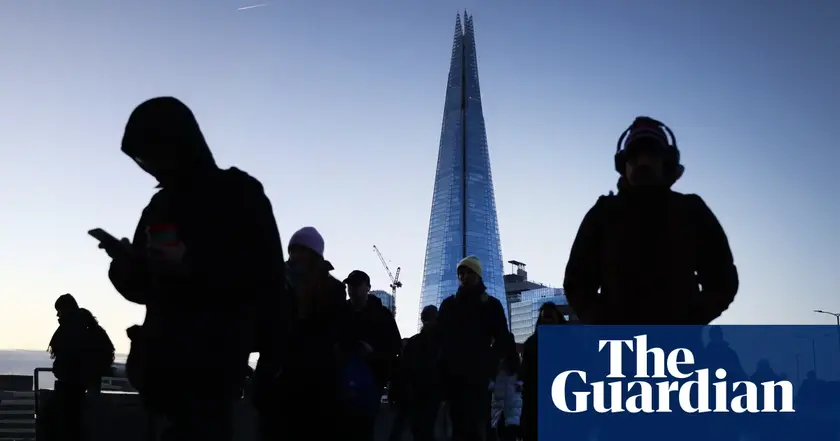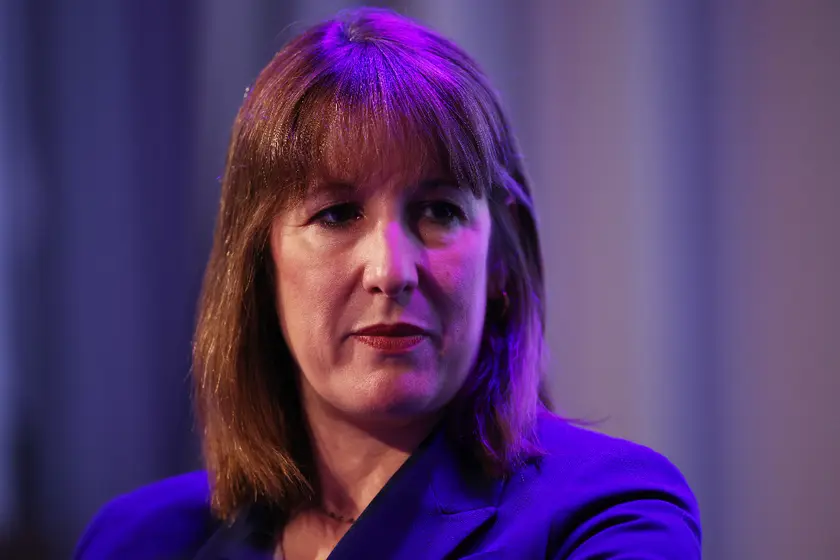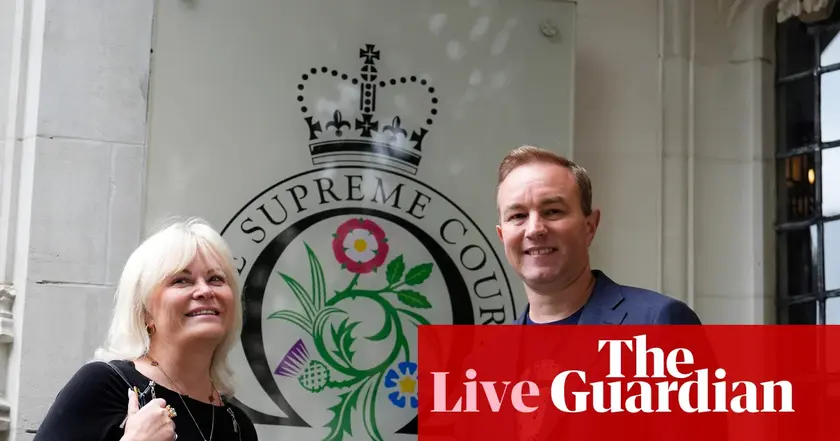T4K3.news
UK firms pause hiring amid rising costs
Three surveys show hiring intentions at record lows amid higher NICs and a weak outlook.

Britain’s hiring plans shrink as costs rise and the economic outlook stays uncertain, hitting young workers hardest.
UK firms pause hiring amid rising costs and cloudy outlook
Three surveys released on Monday show hiring intentions in Britain at a record low as employers grapple with higher costs and a murky outlook. The CIPD reports that only 57% of private sector employers plan to recruit in the next three months, down from 65% in autumn 2024, after a £25bn rise in employer national insurance contributions took effect in April and other costs climbed.
The KPMG and REC findings confirm weaker recruitment in July for both permanent and temporary roles. Vacancies fell steeply while the pool of available staff rose, the sharpest shift since the survey began in 1997. Starting salaries rose at the weakest pace in almost four and a half years, and demand for permanent staff fell across most categories, except engineering. Construction showed relative resilience, while hospitality and care sectors bore the heaviest burden from higher costs and a weak jobs market. CIPD notes a larger impact on young workers, with about 37% of employers hiring under 21 reporting higher costs due to NIC changes, compared with 23% of those who do not hire young workers.
Key Takeaways
"Business confidence is faltering under rising employment costs."
James Cockett, CIPD senior labour market economist
"More action like this to stabilise the business cost-base is what will support growth."
Kate Shoesmith, REC deputy chief executive
"There are signs of recovery but they are fragile."
Scott Knight, head of growth at BDO
"Construction has seen a rise in temp vacancies — an early sign of confidence returning."
Kate Shoesmith, REC
The data sketch a fragile path for the economy. Firms face higher employment costs just as political and budget signals loom. A thoughtful autumn budget could ease hiring pressures and turbocharge youth recruitment, but policy needs to target cost relief without reigniting inflation. The Bank of England’s rate cut provides temporary relief, yet persistent cost pressures and weak demand risk leaving the labor market stuck in limbo. If policy signals align with business needs, the recovery could gain a foothold; if not, youth unemployment may deepen and the recovery could stall.
Highlights
- Hiring plans are stuck and fragile
- Youth employment bears the cost of higher bills
- Policy clarity could unlock the jobs market
- A fragile recovery hinges on cost relief
Budget and policy signals risk hiring
Rising employer costs and upcoming policy decisions place pressure on hiring and could trigger public reaction or investor caution. The autumn budget will shape how firms respond to cost pressures and affect youth recruitment.
What happens next will hinge on policy choices and the ability of firms to plan around cost changes.
Enjoyed this? Let your friends know!
Related News

Markets rise as Ukraine talks loom

Economic confidence reaches historic low amid tax worries

UK firms report record low business confidence

Mortgage approvals increase as housing market stabilizes

Tesla's UK sales drop nearly 60 percent

Rising trend for shorter UK breaks is reported

Supreme Court overturns convictions of two City traders

Reeves' tax policies push up food prices
